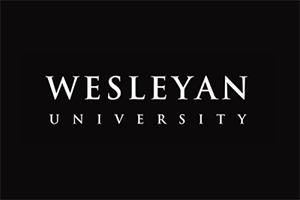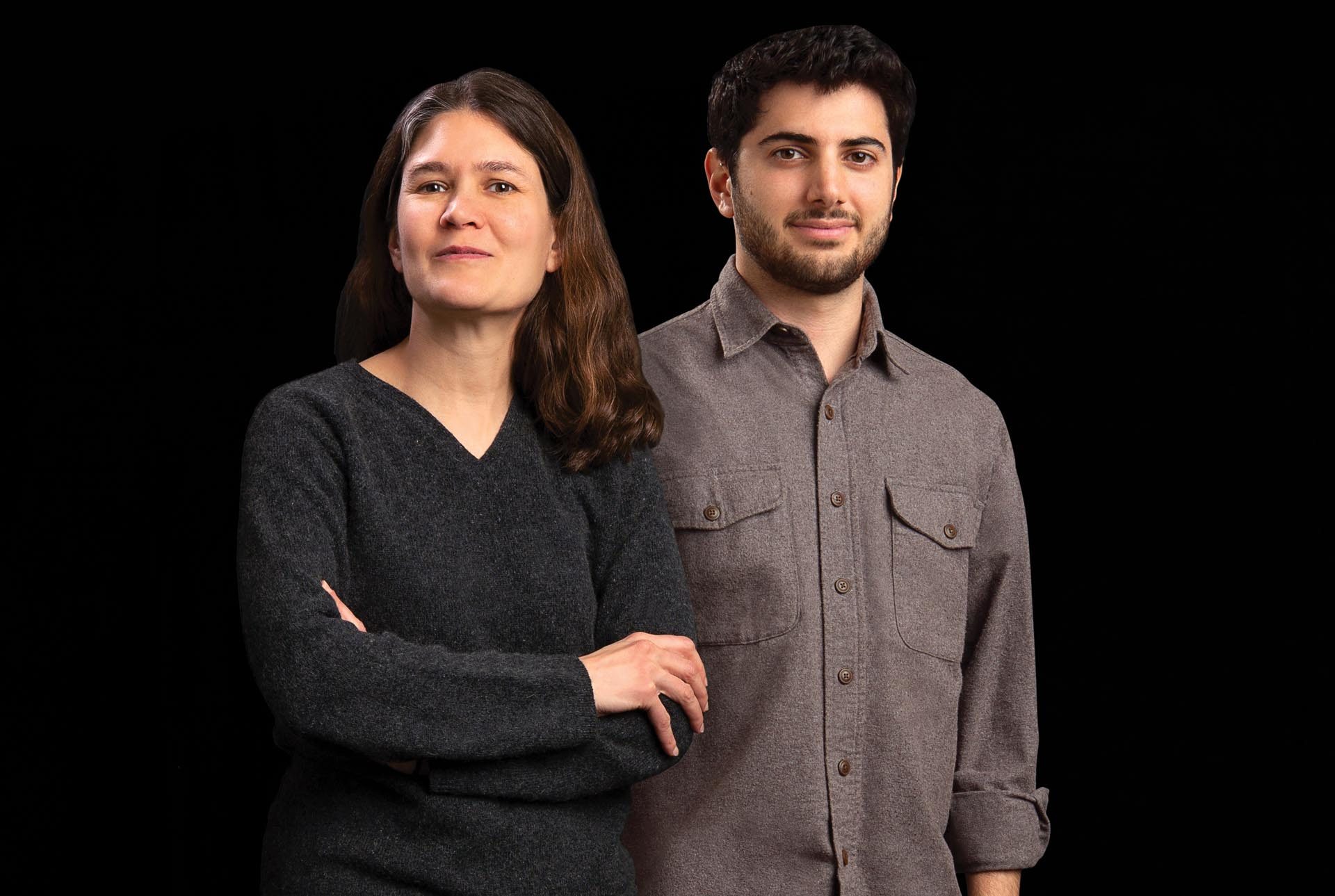Conversations: Music and Public Life
Spanning the 2012–2013 academic year, Music & Public Life is a series of events, lectures, exhibitions, and courses celebrating Wesleyan’s rich musical cul- ture and examining the role music plays in public life around the world in the present day. Mark Slobin, the Winslow- Kaplan Professor of Music, is organizing the program in collaboration with the Center for the Arts, University Relations, members of the Middletown community, and others. We sat down with him to discuss Music & Public Life:
Lauren Rubenstein: Professor Slobin, please explain to us the title of this yearlong pro- gram, “Music & Public Life.”
Mark Slobin: Music always functions as a pri- vate matter. In a concert hall with a thousand people in the audience, each person experi- ences the music played individually. But music also has a public life, in many different ways. I like to think of it on three levels. Locally, here at Wesleyan, there’s a phenomenal music com- munity, both through the Music Department and the numerous student bands and a cap- pella groups on campus. On a national level, music is part of the American identity, and music programming and archiving—through the Smithsonian, the Library of Congress, the annual Folklife Festival on the National Mall—is a matter of public policy. Finally, there’s a transnational public life for music. Because of the many diasporic communities in this country, music from all over the world has taken hold in the United States. There’s also the world industrial complex of music— the recording industry—as well as intellectual property laws that operate worldwide and international frameworks through UNESCO (the United Nations Educational, Scientific, and Cultural Organization).
Moreover, the Internet and other technol- ogy have made music part of public life in an entirely new way, without precedent in human history. Every day, many thousands of music videos are posted on YouTube and other web- sites for public consumption and discussion. A song goes viral, and there are instantly 10 versions of it created by members of the pub- lic. Everyone has their private little device that plugs them into an absolutely transnational framework instantaneously, to which they can contribute. It has this egalitarian public pres- ence, though there are constraints imposed on it by the system. In Music & Public Life, we will explore issues of what’s private anymore about music and what’s public.
In addition, we hope for Music & Public Life to bring people together to celebrate the liveliness, variety, and intensity of music at Wesleyan.
LR: What makes the music culture at Wesleyan special? MS: In my 2010 book, Music at Wesleyan: From Glee Club to Gamelan, I explore the evo- lution of music at Wesleyan, which has been widely recognized since the mid-19th century for its musical life. Originally known as the “Singing College of New England,” Wesleyan later gained world visibility for its diverse and innovative undergraduate and graduate music programs. Beginning in the 1960s, the music program here expanded from only three positions to the 16 positions that exist today, with the understanding that music would be global and that new media would change the way we create and enjoy music. This vision, which was way ahead of its time, led to the creation of the graduate program in music 50 years ago, and the school’s deci- sion to bring in artists-in-residence from many different cultures. Wesleyan’s music program is also known for integrating per- formance into curriculum. Students studying music are required not just to analyze it, but also to create and embody it. There’s really no other place like this, and certainly not a liberal arts college, that has made this kind of investment in a radical vision of what music can be.
Wesleyan is also exceptional in the sheer number of student bands born here, several of which have gone on to national fame. Last year, Professor Su Zheng, through her graduate seminar in ethnomusicology methods, led a census of student bands on campus. We were all astonished when the census counted 90 different bands, including the 10 to 12 fielded by the Music Department. The Huffington Post cited the school’s thriving music scene when it ranked Wesleyan number 2 in a list of “Top 10 Hipster Schools” in 2010.
LR: These student bands were highlighted at the kick-off event for Music & Public Life on September 7. Please tell us about this campus-wide event.
MS: The event, held the first weekend of this school year, was called The MASH. It was inspired by Fête de la Musique, also known as World Music Day, which was launched by the French Ministry for Culture in 1982 and is now held in more than 100 coun- tries around the world every June 21st. The MASH was a totally student-run event. There were three sound stages around campus, where different musical groups performed throughout the day. There were also open
mic opportunities, where members of the Wesleyan community performed sponta- neously. A Wesleyan alumni band, Bear Hands, which has gotten national recogni- tion, performed.
LR: This year’s Shasha Seminar for Human Concerns served as the centerpiece for Music & Public Life, with Anthony Seeger delivering the keynote address on November 8. What was the focus of Seeger’s lecture?
MS: Anthony Seeger is a former distinguished professor of ethnomusicology and the direc- tor of the Ethnomusicology Archive at the UCLA Herb Alpert School of Music. For the past 40 years, he has worked with a very small group of people called the Suyá, who live in the Amazon rainforest in Brazil. The Suyá were very isolated when Seeger first began working with them, but have since come to understand that they must have a pres- ence on the world stage to gain support for their struggles with developers trying to cut down the rainforest. In his lecture, Seeger discussed small and endangered musics, like that of the Suyá, and how they fit into the pattern of control of commercial interests and international frameworks. Peoples like the Suyá face a trade-off. On the one hand, sharing their music with the world gains them visibility and some money, but of course they don’t want to be co-opted. They must make a decision about how to represent themselves to the rest of the world and try to control this representation. Unfortunately, in many cases, these groups lose control and are ripped off, in one way or another.
This Shasha Seminar was different from past years, in that the parents, alumni, and other friends of Wesleyan who par- ticipated were asked to take a hands-on role. Workshops were held in which the partici- pants played music in many different musi- cal traditions. In addition, the lecture was followed by performances from local com- munity groups, including the Cross Street A.M.E. Zion Church choir and Rani Arbo & daisy mayhem, a Middletown folk singing group that includes Scott Kessel ’88, MALS ’92, and Anand Nayak ’96.
LR: I understand the entire Middletown com- munity has been invited to participate in a project called MiddletownRemix. Please tell us about this.
MS: UrbanRemix (urbanremix.gatech.edu), an Atlanta-based group, has worked with a number of communities to develop col- laborative and locative soundscape projects. The group provides a mobile phone system and Web interface for recording, browsing, and mixing audio. Members of the com- munity will document the various sounds of their urban environment, which will then be collected and processed on a website. Compositions will be generated based on these sounds and, on May 11, will be pre- miered at multiple sites on campus and in the community. It’s essentially Middletown listening to itself. Wesleyan students and Middletown residents alike are encouraged to take part, and workshops will be held for public school children and children who come to the Green Street Arts Center.
LR: Do you expect the collaborations that will be built through Music & Public Life to continue after this year?
MS: We’re looking forward to an exciting discourse with all members of the Wesleyan and Middletown communities, and we hope to plant seeds for more collaborative projects in the future. When Rob Rosenthal came on as Provost, he hailed the idea of an “engaged university.” Music has a wonderful ability to engage, because it brings people together without politics and other tensions that often exist. We hope this program creates good vibes—both literally and metaphorically. —LAUREN RUBENSTEIN UPFRONT


